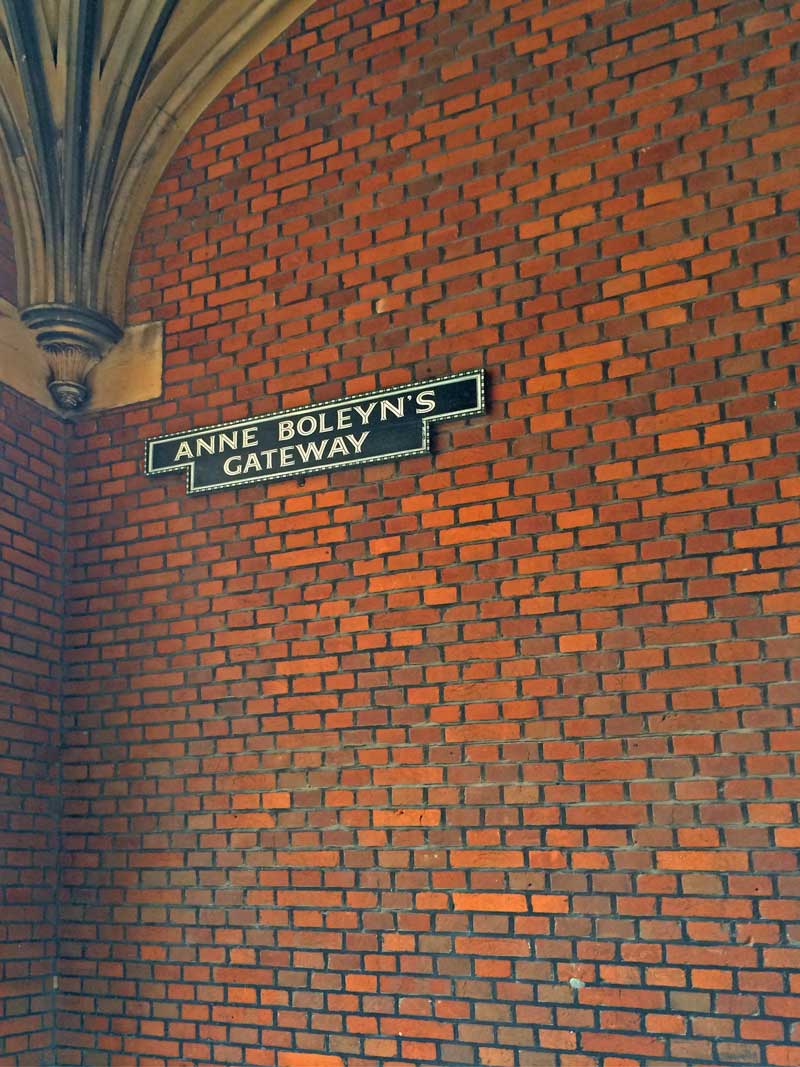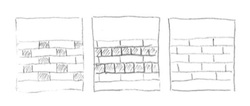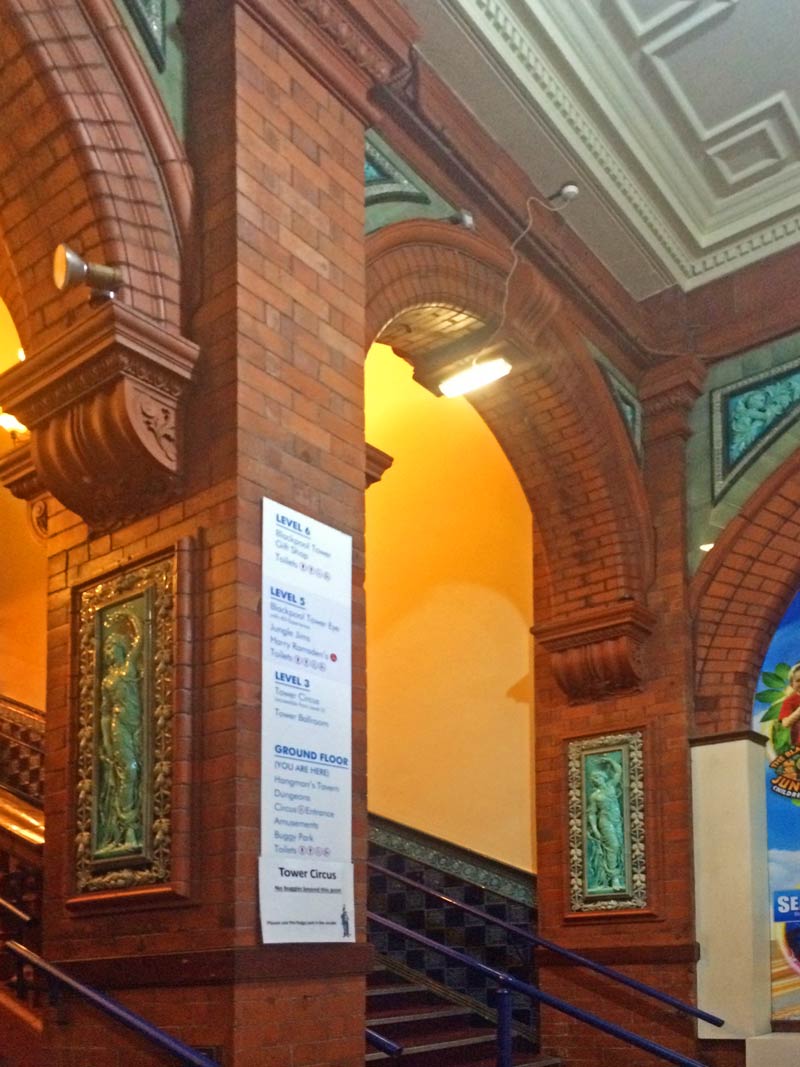I threw a picnic in our garden the other day. We were busy with all…
English bricks
Wherever you go in England you would find houses built of bricks. Some people associate terracotta coloured bricks with the Mediterranean world, but for me, bricks mean the North: there are plenty of brick houses in the Benelux countries, in Scandinavia and in the UK. These buildings have a special ambience and not just because of the different architectural styles they were built in, but because different types of bricks were used. First of all let’s have a look at the history of bricks in England.
Early English bricks
In the Tudor period, houses were built of timbers (half-timbering), more exactly the frame of the house was built of timber. Walls were plastered. Bricks were already available during the Tudor period, but they were very expensive, therefore bricks often did not have a functional role in buildings, they were rather used as a decorative element. The most popular brick pattern of the Tudor period was herringbone and diapering. For diapering, different coloured bricks were used for a diamond shape. The darker coloured bricks used for this pattern were overburnt bricks and this was a brilliant way of using them up.

The spread of the bricks
Bricks spread in the 17th century, especially after the Great Fire in London in 1666 when the new housing act prescribed houses in London should be built of bricks. This resulted not only in safer houses, but in new architectural styles. Bricks spread from East-Anglia (Suffolk and Norfolk) via Dutch immigrants, but England also imported bricks from the continent for wool in return. Bricks being mainly imported, they still were expensive and only the richest could afford it. Even they only built or covered the facade of their buildings with bricks but the rest of the building kept the half-timbering.
Bricks were transported via the canals of England in the 18th century and with the spreading of the railway in the 19th century the transportation of bricks became cheaper.
The colour
The colour of the brick always reflected the colour of the local clay that was used for production: yellowish white in Oxford, red and yellowish grey in London, white in Suffolk, deep red in Lincolnshire and blue in Staffordshire. Using different coloured bricks in a building made their appearance more interesting and doors and windows could be emphasized. The Victorians loved using different coloured bricks and they even reintroduced diapering of the Tudor period.
Other ways of decoration
Buildings were decorated not only with different coloured bricks, but with different bonds. Of course bonds were important from static point of view, but later on different bond types were used within the same building for decoration. The three main bonds that are used in England are:
- English bond
- Flemish bond
- Stretched bond

Main English brick types
Let’s have a look at 3 brick types: London Stock brisk, Accrington brick alias NORI and the blue Staffordshire brick.
London Stock brick
The London Stock brick gets its distinctive yellowish colour from the clay of Kent and South of England. Many houses in London and in the South East were built of this brick type.

NORI alias Accrington brick
This is an engineering brick which means that it was used where strength and big resistance was needed (against acid, steam etc), for example for bridges, railway stations and factories. NORI brick has a high iron content and this is why it has a deep red colour. It was produced in the brick factory in Accrington first (Manchester area) and there are several stories as to why got the name NORI. I like the following one the most: allegedly they wanted to put the word IRON into the mould but unfortunately it turned out the other way round. Nori bricks were used for example for the Blackpool Tower or the Battersea Power Station.

Staffordshire blue brick
The clay used for this brick was mined around Staffordshire. The brick was fired at a very high temperature in a low-oxygen reducing atmosphere, which resulted in blue coloured bricks.
~
Bricks are just one of the many building materials used in England. You can read more about other building materials here.




Comments (0)